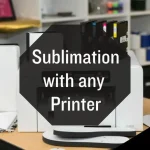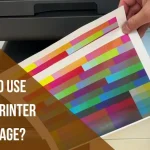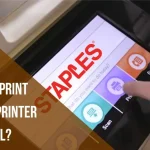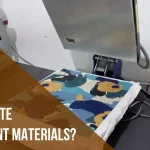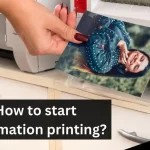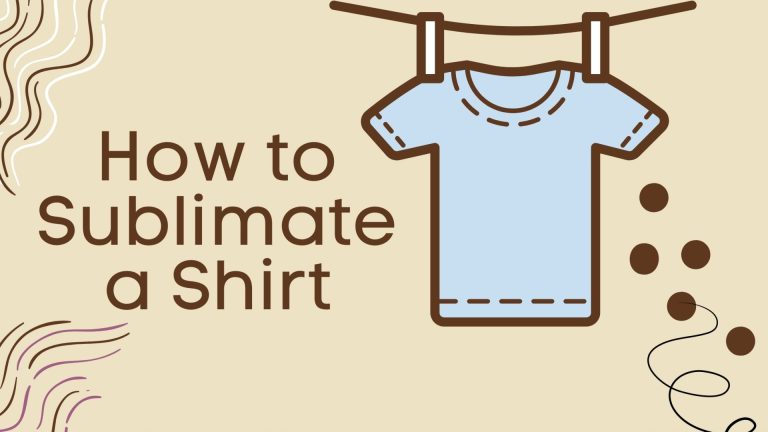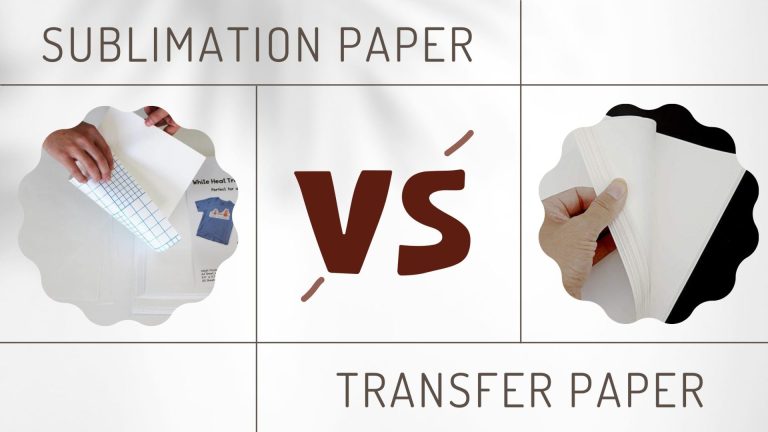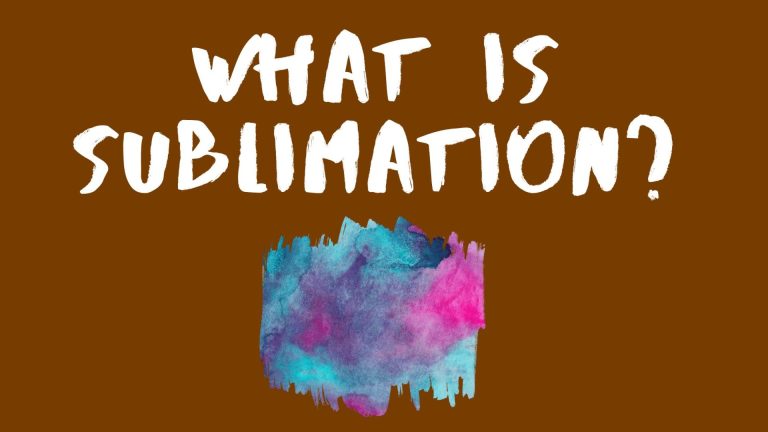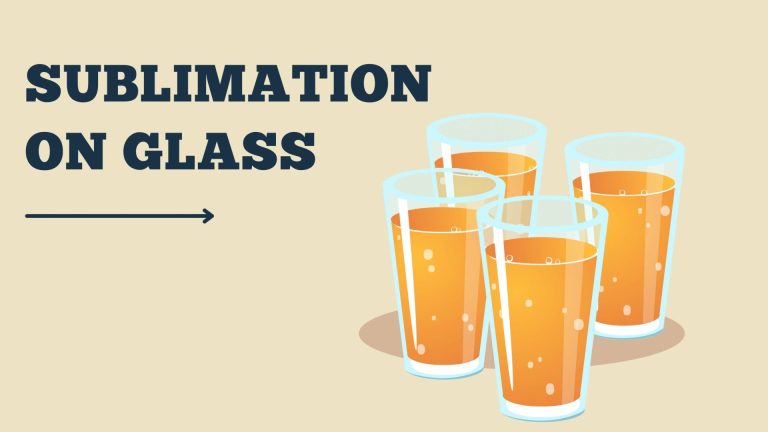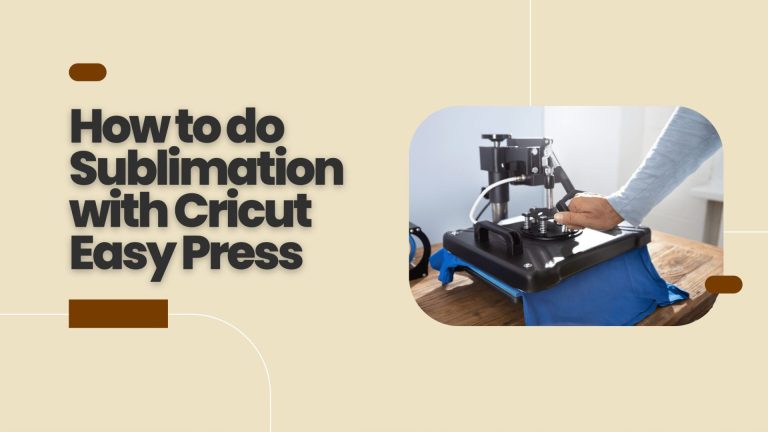3 Best Alternatives to Sublimation Printing: A Comprehensive Guide
Sublimation printing is a great way to create custom designs on a variety of substrates, but it is not the only option available.
There are a number of other printing methods that can be used to create high-quality prints, and some of them may be a better fit for your needs than sublimation printing.
In this article, we will explore three of the best alternatives to sublimation printing: heat transfer vinyl, screen printing, and direct-to-garment printing.
Each method has its own unique advantages and disadvantages, so let’s take a closer look at each one.
Best Alternatives to Sublimation Printing
Before starting let’s discuss sublimation printing and benefits.
What is Sublimation Printing?
Sublimation printing is a method of printing that involves transferring dye onto a substrate using heat and pressure.
The process works by converting the dye from a solid state into a gas, which is then absorbed into the substrate. This results in a permanent, high-quality print that is resistant to fading, cracking, and peeling.
Benefits of Sublimation Printing
One of the key benefits of sublimation printing is that it produces high-quality, vibrant prints that are long-lasting.
Unlike other printing methods, sublimation printing does not leave any residue or film on the substrate, which ensures that the print remains clear and sharp.
Sublimation printing is also ideal for printing on a wide range of materials, including textiles, ceramics, and metal.
Limitations of Sublimation Printing
While sublimation printing has many benefits, there are also some limitations to the process. One of the main limitations is that it requires specialized equipment and materials, which can be expensive.
Sublimation printing is also limited to printing on light-colored substrates, as the dye used in the process is not opaque. Additionally, sublimation printing is not suitable for printing on certain types of materials, such as cotton or dark-colored fabrics.
Here are 3 best sublimatin printing methods, Let’s take a closer look at each one.
1. Heat Transfer Vinyl Sublimation alternative
Heat transfer vinyl, also known as HTV or iron-on vinyl, is a popular alternative to sublimation printing.
This method involves cutting a design or image out of vinyl and then using heat and pressure to transfer it onto a substrate, such as a t-shirt or tote bag. Heat transfer vinyl comes in a variety of colors and finishes, including matte, glossy, and glitter.
One of the advantages of heat transfer vinyl is its versatility. It can be used on a wide range of materials, including cotton, polyester, and even some non-porous surfaces like glass and metal.
It is also relatively easy to use and does not require a lot of equipment. All you need is a vinyl cutter, a heat press, and some vinyl.
However, there are some limitations to heat transfer vinyl. The designs are limited by the colors and types of vinyl available, and the designs may crack or peel over time if not applied correctly. Additionally, it is not as cost-effective for large orders compared to sublimation printing.
Overall, heat transfer vinyl is a great alternative to sublimation printing for small to medium-sized orders and is an excellent option for creating custom apparel and accessories.
2. Screen Printing
Screen printing, also known as silk screening, is another popular alternative to sublimation printing.
This method involves creating a stencil, or screen, of the design and then using a squeegee to apply ink to the substrate through the screen. Screen printing is great for producing vibrant, long-lasting prints with excellent color accuracy.
One of the advantages of screen printing is its versatility. It can be used on a wide range of materials, including textiles, paper, plastic, and more. It also offers a wide range of ink types and finishes, including metallic, glitter, and glow-in-the-dark.
However, screen printing can be more complex and time-consuming than other printing methods. It requires more equipment, including screens, squeegees, and a printing press.
Additionally, each color in the design requires a separate screen and ink layer, which can add to the cost.
3. Direct-to-garment Printing
Direct-to-garment printing, or DTG, is a relatively new printing method that has gained popularity as an alternative to sublimation printing.
This method involves using a specialized inkjet printer to print a design directly onto the fabric of a garment. DTG printing is great for producing high-quality, full-color prints with excellent detail and accuracy.
One of the advantages of DTG printing is its flexibility. It can print on a wide range of fabrics, including cotton, polyester, and blends, without the need for special coatings or treatments.
It also allows for high levels of customization, as each print can be different, making it a great option for creating one-of-a-kind designs.
However, DTG printing can be more expensive than other printing methods, especially for large orders. It also requires specialized equipment, including a DTG printer and pre-treatment machine, which can add to the cost.
Conclusion
There are several alternatives to sublimation printing that offer similar results. Heat transfer vinyl, screen printing, and direct-to-garment printing each have their own unique advantages and disadvantages, and the best option will depend on your specific needs and preferences.
I hope you enjoy this article. If any other method you know do let me know in comment section.


